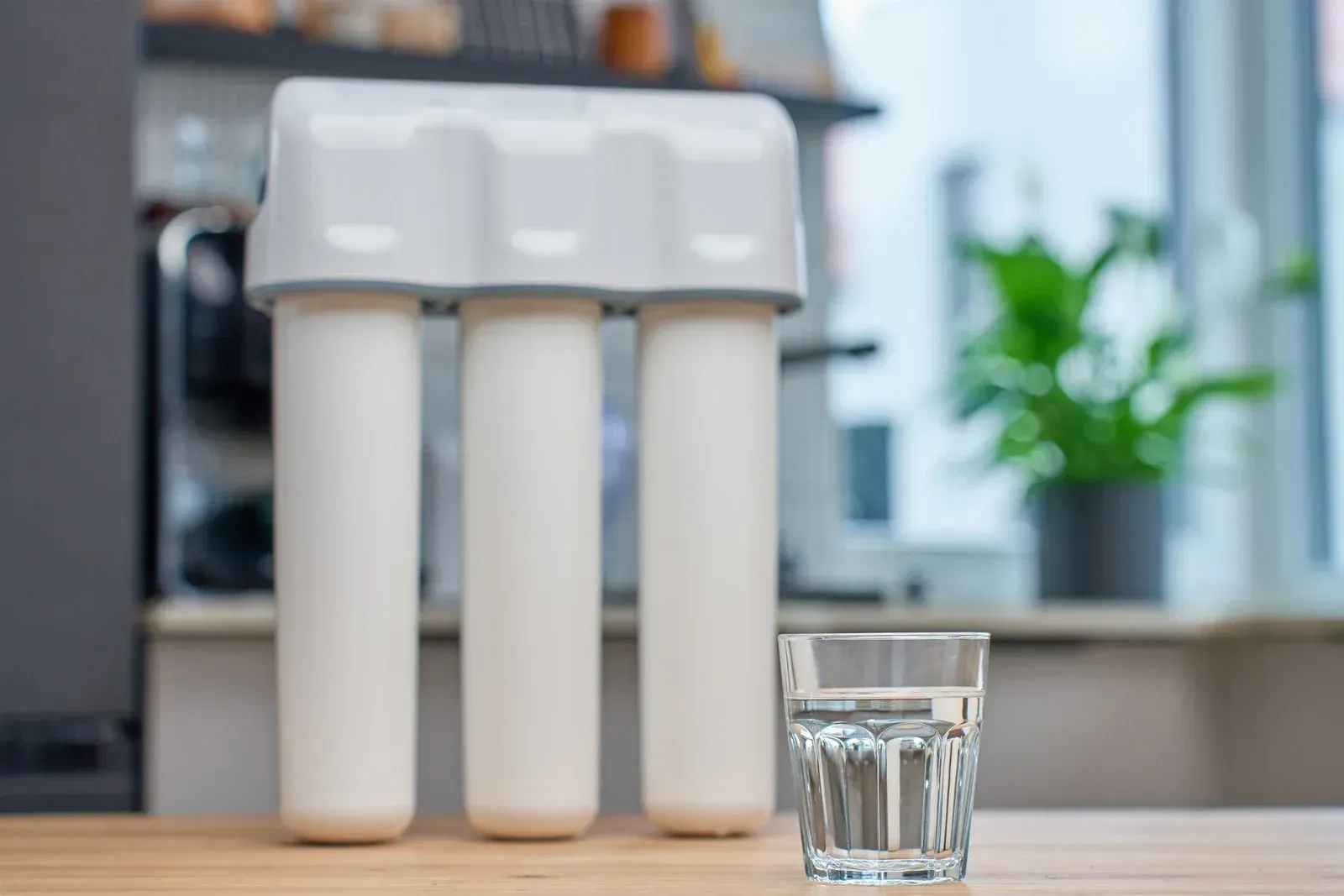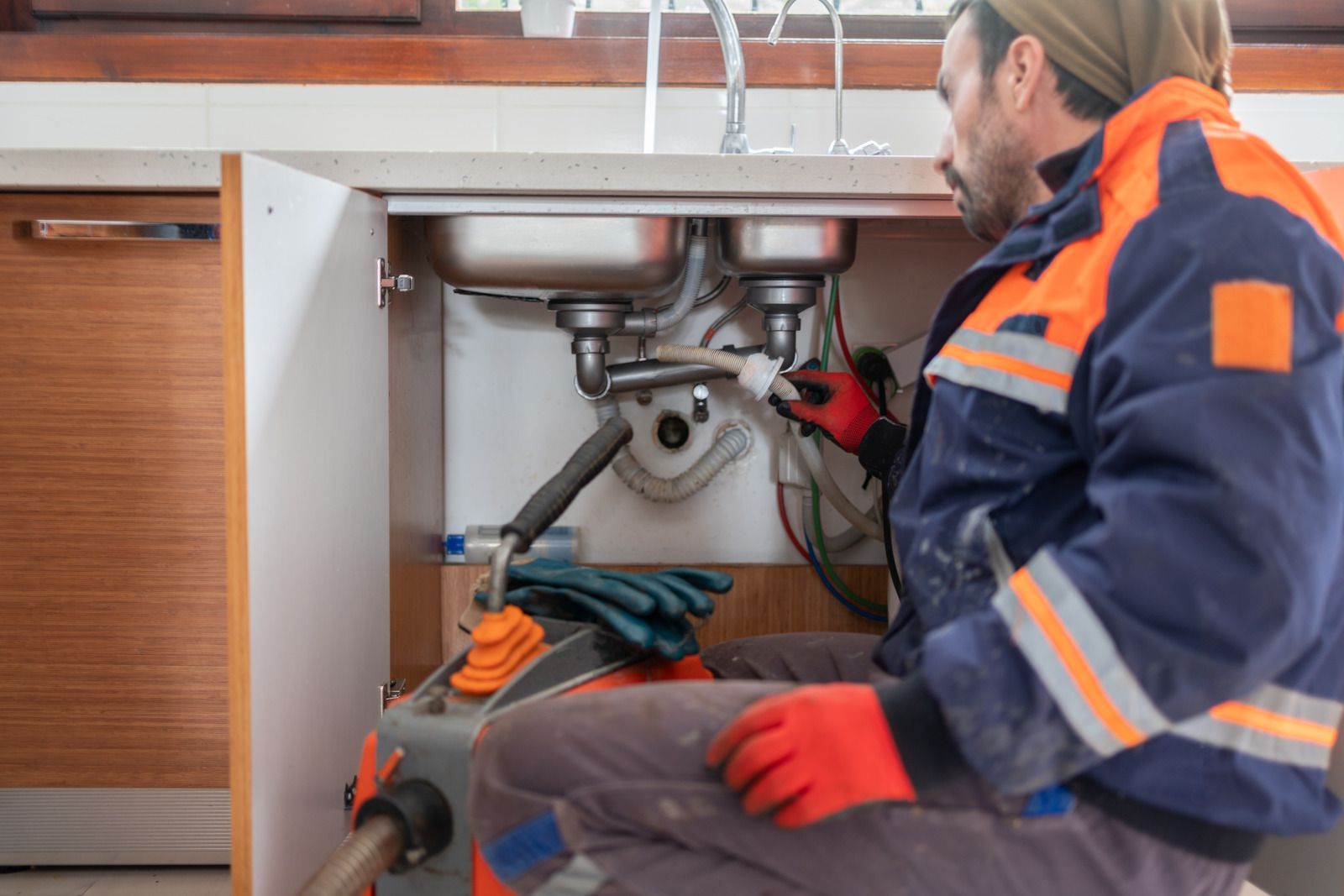6 Urgent Plumbing Repairs That Will Save You Money In The Long Run
Every space begins with its base and concrete forms the base, supporting everything above it from floors and walls to heavy machinery and constant foot traffic. A well-built surface doesn’t just hold weight; it offers safety, functionality, and long-term value. Businesses that rely on poor concrete often face problems like cracks, uneven surfaces, and water damage. These issues don’t just cost money; they hurt your brand and daily operations.
Many households focus on decor, branding, or layout, yet sometimes, those efforts fall flat if the foundation is weak. Concrete work is not just about pouring cement; rather its about building strength and durability from the ground up. The state of your concrete impacts how a space performs, how safe it is, and how long it lasts. Here are six urgent concrete repairs you should never delay. Each one will save your business time, money, and trouble in the long run.
1. Crack Repair
Even small cracks can grow quickly when exposed to moisture, foot traffic, or temperature changes. Left alone, they can turn into trip hazards or allow water to seep in, causing deeper damage. Early crack repair keeps your surface stable and prevents bigger, more expensive problems later on.
2. Surface Resurfacing
Worn, flaking, or chipped concrete doesn’t just look unpleasant, but it can also impact safety and weaken the entire surface. Resurfacing smooths out flaws and adds a fresh, protective layer that extends the life of your floors or exterior areas. It's a cost-effective alternative to full replacement and makes a strong visual impression on clients and customers.
3. Leveling Sunken Slabs
Uneven concrete is more than an eyesore. It’s a serious tripping hazard and a common source of injuries in commercial spaces. Slabs can sink due to poor drainage or shifting soil. Professional leveling lifts the surface back into place, improving safety and preventing damage to equipment or goods.
4. Joint and Edge Repair
Expansion joints and edges are often the first areas to show wear, especially in high-traffic zones. If joints are left unsealed, water and debris can get in, causing cracks and undermining the surface. Timely joint repair preserves the structure and keeps your concrete performing like new.
5. Waterproofing
Water is a silent destroyer of concrete. Over time, moisture weakens the material, causes rust in reinforced steel, and leads to surface stains and mold. Waterproofing exposed surfaces or below-grade areas like basements and garages helps prevent damage before it starts, saving you thousands in future repairs.
6. Drainage Correction
Poor drainage allows water to pool and slowly erode your concrete. If water isn’t properly directed away from your building, it can also damage your foundation. Fixing drainage issues early ensures that your concrete and your building stay dry and strong.
Plumbing affects more than just water flow it impacts your comfort, safety, and budget. King Plumbing and Drains, LLC provides expert plumbing solutions that prevent damage and lower long-term costs. From leak repairs to full system checks, our services keep your home protected, efficient, and ready for whatever comes next.




